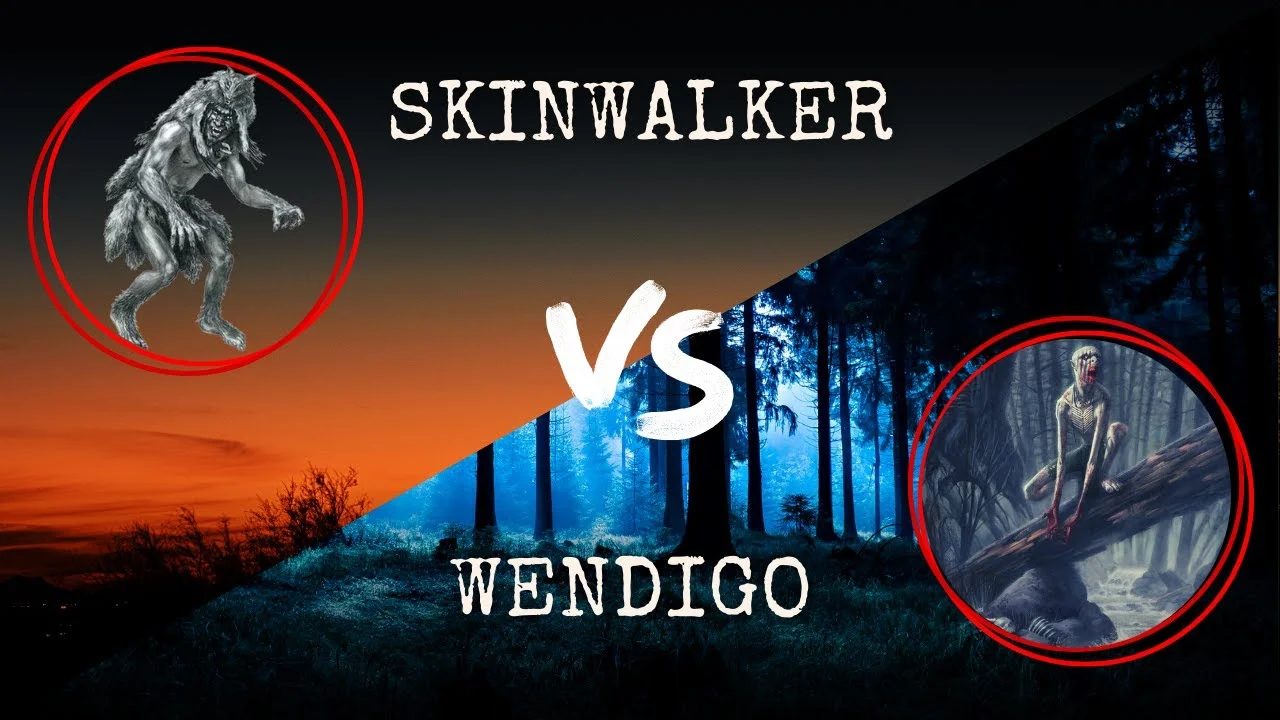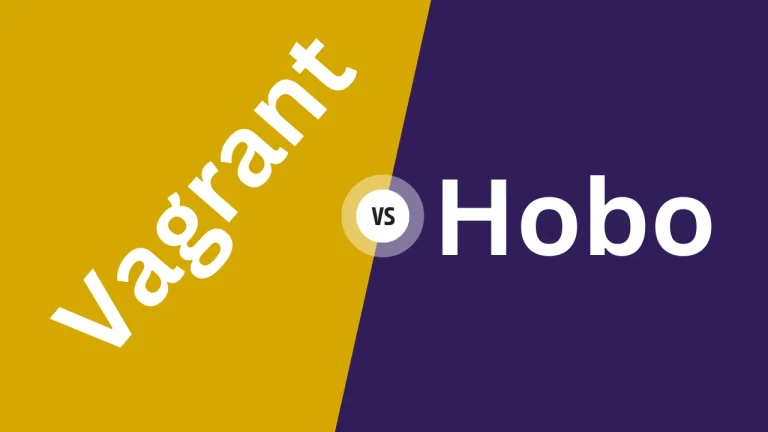Difference Between Skinwalker and Wendigo
In the rich tapestry of Native American folklore, two creatures stand out for their mysterious and terrifying nature: the Skinwalker and the Wendigo. While they share similarities in their mythical status and ability to instill fear, it’s crucial to explore the key differences between these entities. This article aims to demystify and compare these legendary beings, making their distinctions clear and understandable for all.
Key Differences at a Glance
- Origin: Skinwalkers originate from Navajo folklore, whereas Wendigos are rooted in Algonquian traditions.
- Nature: Skinwalkers are malevolent witches with the power to transform into animals, while Wendigos are cannibalistic spirits symbolizing greed and excess.
- Physical Appearance: Skinwalkers maintain a humanoid form with animalistic features, while Wendigos are depicted as gaunt, emaciated figures with skeletal traits.
- Cultural Significance: Skinwalkers are often associated with witchcraft and taboo in Navajo culture. In contrast, Wendigos represent the dangers of greed and cannibalism in Algonquian lore.
Deeper Dive 🌊
Skinwalker: The Navajo Shapeshifter 🐺
- Origins: Revered and feared in Navajo culture.
- Powers: Transforming into animals for secretive purposes.
- Cultural Role: Represents taboo aspects of witchcraft.
Wendigo: The Algonquian Cannibal Spirit 👹
- Background: Rooted in morality tales against greed.
- Traits: Known for its insatiable hunger for humans.
- Significance: Symbolizes the dangers of excess and cannibalism.
Difference between skinwalker and wendigo Table
| Feature | Skinwalker (Navajo) | Wendigo (Algonquian) |
|---|---|---|
| Origin & Folklore | Deeply rooted in Navajo mythology and witchcraft traditions. | Stemming from Algonquian folklore, symbolizing a moral lesson against greed. |
| Nature & Essence | Considered malevolent witches with the power to transform into various animals. | Viewed as cannibalistic spirits or evil entities driven by an insatiable hunger. |
| Physical Appearance | Humanoid form with distinct animal attributes, varying based on the animal transformed. | Often depicted as gaunt, skeletal figures with exaggerated and towering stature. |
| Symbolism & Cultural Role | Represent taboo, witchcraft, and the darker aspects of spiritual beliefs. | Embody the dangers of greed, excess, and cannibalism in moral tales. |
| Abilities & Powers | Ability to shape-shift into animals, mimic voices, and use witchcraft for harm. | Known for their incredible strength, inducing snowstorms, and psychological impact. |
| Behavioral Traits | Often portrayed as cunning, secretive, and malevolent towards humans. | Driven by a relentless desire to consume human flesh, cold-hearted in pursuit. |
| Cultural Significance | Intricately tied to Navajo spiritual beliefs and practices. | Serves as a cautionary tale in Algonquian communities against taboo behaviors. |
| Modern Interpretations | Frequently featured in literature, media, and pop culture, emphasizing mystery. | Often depicted in movies and literature, symbolizing insatiable greed and horror. |
| Historical Context | Seen as part of the complex spiritual system of the Navajo people. | Rooted in historical accounts and oral traditions of the Algonquian tribes. |
| Mythological Comparisons | Similar to other shapeshifting entities in global folklore but unique in practices. | Often compared to other cannibalistic legends but distinct in its moral implications. |
Conclusion: Beyond the Legends 🌌
Exploring the differences between the Skinwalker and the Wendigo reveals more than just two separate mythical creatures. It opens a window into the diverse and rich world of Native American folklore, where each legend carries its unique set of beliefs, moral lessons, and cultural significance. As we delve into these stories, we not only understand the creatures themselves but also gain insight into the values and traditions of the cultures that birthed them.



I likе what you guys tend to be up too.
This type of clever work and reporting! Keep up the fantastic works guys I’ve added you guys to our blogroll.